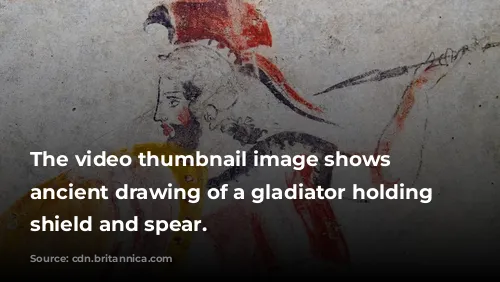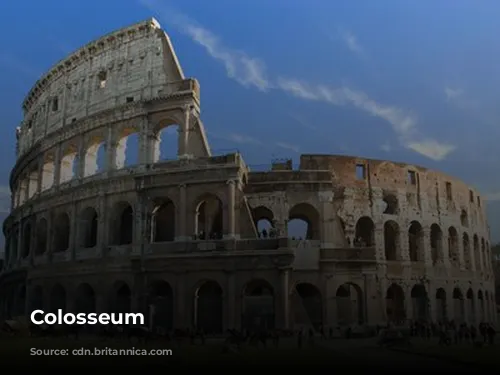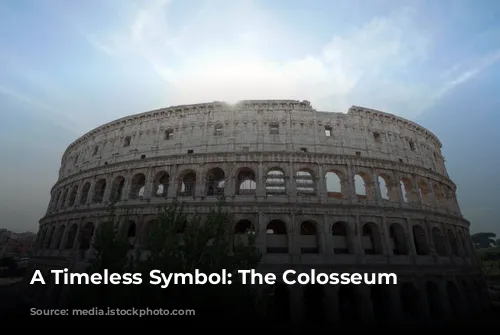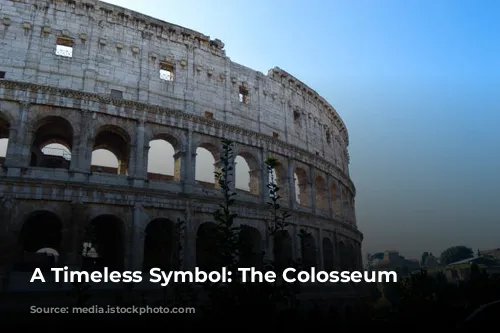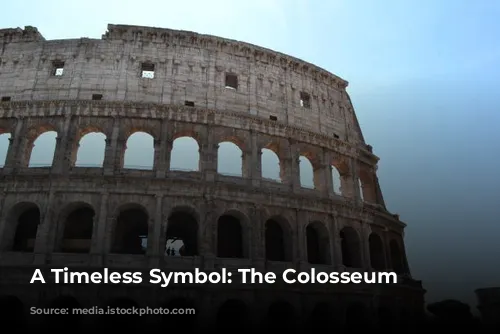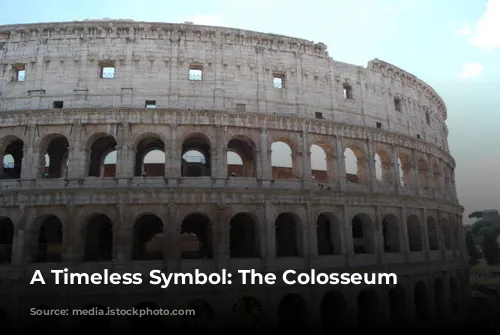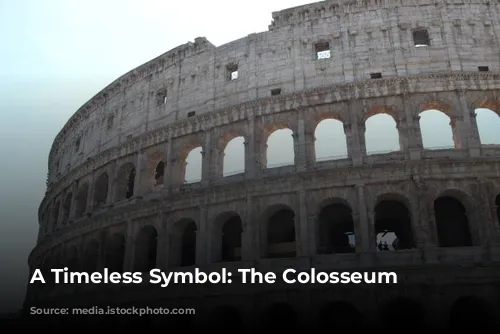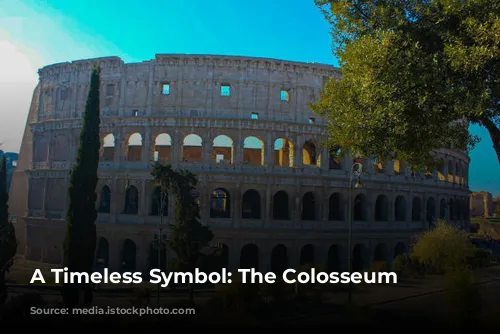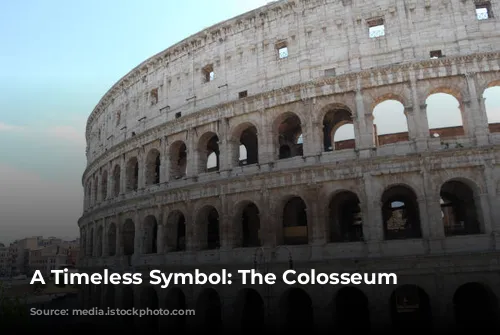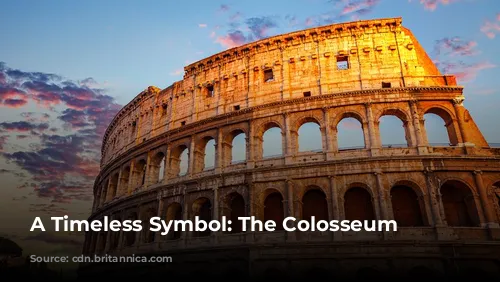The Colosseum, a majestic monument to ancient Rome’s architectural brilliance, stands as a testament to a bygone era, captivating millions of visitors every year. It’s not only a breathtaking piece of history but also a significant source of revenue for Italy. In 2018, the Colosseum, along with the Roman Forum and Palatine Hill, raked in over $63.3 million (€53.8 million), making it Italy’s top tourist attraction.
The Colosseum’s journey has been long and arduous, mirroring the rise and fall of the Roman Empire. After the empire’s decline, the once-grand arena fell into disrepair. In the 12th century, it was repurposed as a fortress by powerful families like the Frangipane and Annibaldi. In the 15th century, Pope Alexander VI even allowed the Colosseum to be used as a quarry, stripping it of valuable materials. It wasn’t until the 1990s that serious restoration efforts began, fueled by state funding, to bring this iconic structure back to its former glory.
A Symbol of Imperial Power
The Colosseum’s construction was born from a desire to revive Rome after the tumultuous year of the four emperors in 69 CE. Emperor Vespasian, a shrewd ruler, envisioned the Colosseum as a grand entertainment venue, where gladiatorial combat, animal hunts, and even mock naval battles would captivate the masses. It was a bold statement of his power, meant to showcase the might of the Roman Empire and provide a thrilling distraction for the populace.
Construction commenced under Vespasian between 70 and 72 CE, with his son and successor, Titus, dedicating the completed structure in 80 CE. The final touch came in 82 CE with Emperor Domitian adding the fourth story. The funding for this monumental project came from the spoils of war – Titus’s plunder from Jerusalem in 70 CE. Sadly, the construction of the Colosseum was also fueled by the forced labor of enslaved Jews from Judea, adding a somber note to its grand history.
A Monument of Engineering Marvels
The Colosseum is an elliptical masterpiece, built with a blend of stone, concrete, and tuff, rising four stories tall. It’s a colossal structure, measuring 620 by 513 feet (189 by 156 meters), capable of holding up to 50,000 spectators. The Colosseum is synonymous with gladiatorial combat, a brutal yet popular form of entertainment in ancient Rome.
The Colosseum’s location was a strategic choice, echoing a symbolic shift in power. It was built on the site of Nero’s Golden House, replacing the tyrannical emperor’s private lake with a public space for the enjoyment of thousands. This deliberate act symbolized the transition from a single ruler’s extravagance to a celebration of the Roman people’s collective spirit.
A Structure Built to Last
The Colosseum, unlike earlier amphitheaters, was not carved into a hillside. It was a freestanding structure, built with remarkable engineering feats, using barrel and groin vaults. The exterior boasts an elegant design, with three stories encircled by arcades adorned with Doric, Ionic, and Corinthian columns. This ascending order of columns became a cornerstone of Renaissance architecture, influencing generations of builders.
The Colosseum was designed with the comfort and safety of spectators in mind. A massive retractable awning, known as the velarium, protected them from the sun. Hundreds of Roman sailors were needed to manipulate the complex rigging that extended and retracted this awning, showcasing the Roman’s ingenuity in creating a practical and impressive solution.
A Witness to History
The Colosseum witnessed countless spectacles, from gladiatorial combat and animal hunts to mock naval battles. It was a stage for the Roman Empire’s grandeur, a testament to the power and culture of the ancient world. While there is no definitive evidence, the Colosseum has been linked to the martyrdom of early Christians, further cementing its place in history.
The Colosseum’s story doesn’t end with the Roman Empire’s decline. In medieval times, it was used as a church, then as a fortress, and finally as a quarry, plundered for its materials. Years of neglect and vandalism took their toll on the once-magnificent structure. Thankfully, in the 19th century, preservation efforts began in earnest, culminating in a major restoration project in the 1990s.
Today, the Colosseum stands as a symbol of resilience, a testament to the enduring power of human ingenuity and the enduring allure of the Roman past. It continues to attract millions of visitors each year, offering a glimpse into a fascinating era and reminding us of the remarkable achievements of ancient Rome.
